Optimal Timing for Foundation Repairs

Ways to make Foundation Repairs work in tight or awkward layouts.
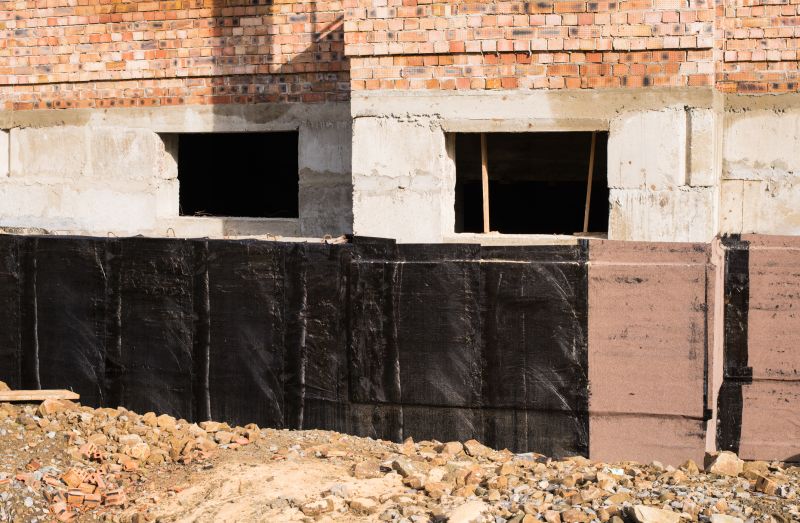
Popular materials for Foundation Repairs and why they hold up over time.
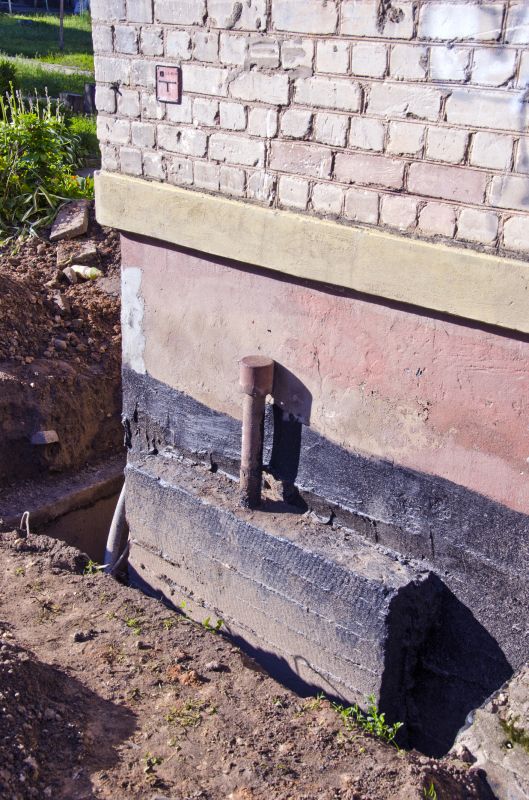
Simple add-ons that improve Foundation Repairs without blowing the budget.
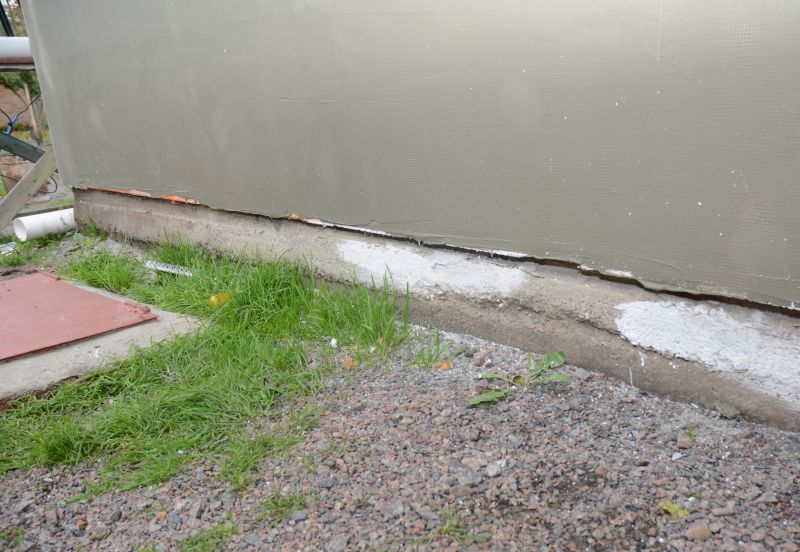
High-end options that actually feel worth it for Foundation Repairs.
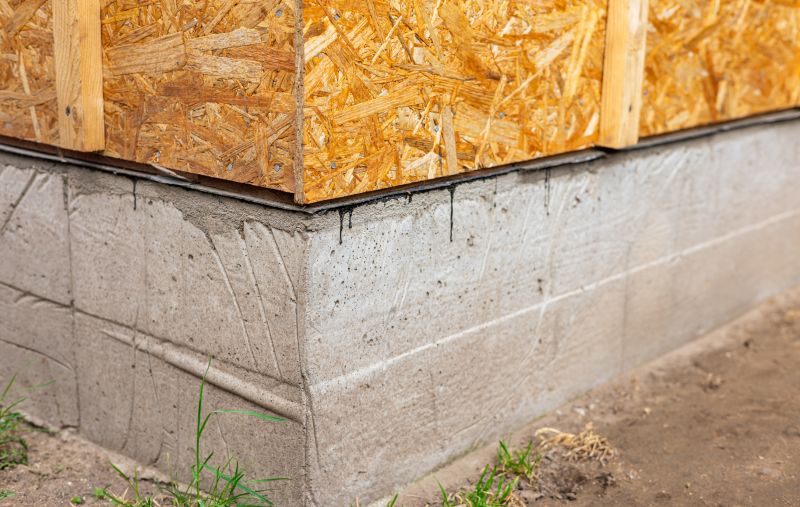
Finishes and colors that play nicely with Foundation Repairs.

Little measurements that prevent headaches on Foundation Repairs day.
Foundation repairs are essential for maintaining structural integrity and preventing further damage to a property. The timing of repairs can influence their effectiveness and cost. Understanding seasonal variations helps in planning repairs when conditions are optimal, minimizing disruptions and ensuring durability.
Certain times of the year, such as periods of mild weather and low moisture fluctuation, are ideal for foundation repairs. During these times, soil movement is minimized, reducing the risk of new cracks or shifts after repair work. Proper timing also allows for better scheduling and resource availability.
Spring offers moderate weather, making it suitable for foundation work before summer heat and humidity set in.
High temperatures and dry soil can complicate repairs, but early summer can still be effective.
Fall provides cooler temperatures and less soil movement, ideal for repairs before winter.
Cold and frozen ground can hinder foundation work, making winter less suitable.
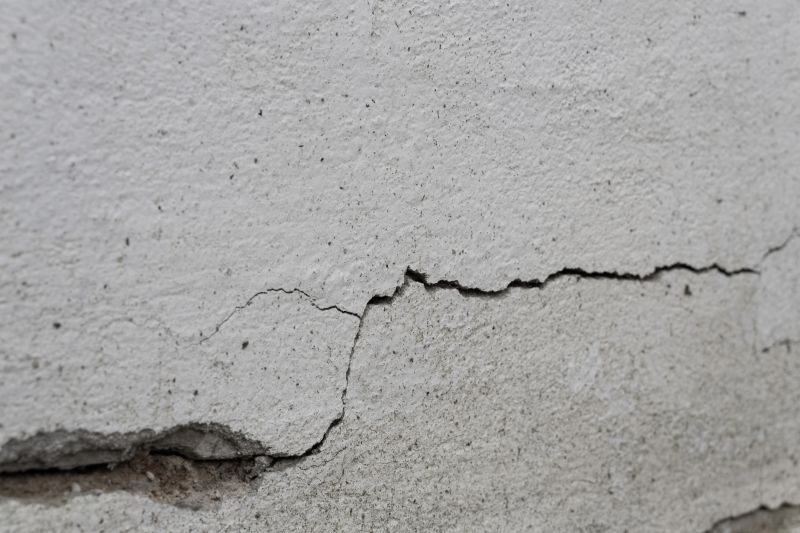
A 60-second routine that keeps Foundation Repairs looking new.

A frequent mistake in Foundation Repairs and how to dodge it.

Small tweaks to make Foundation Repairs safer and easier to use.
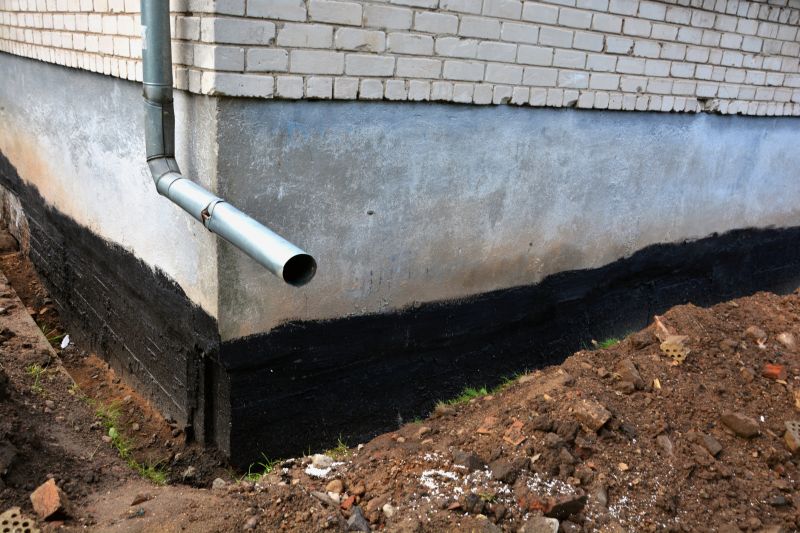
Lower-waste or water-saving choices for Foundation Repairs.
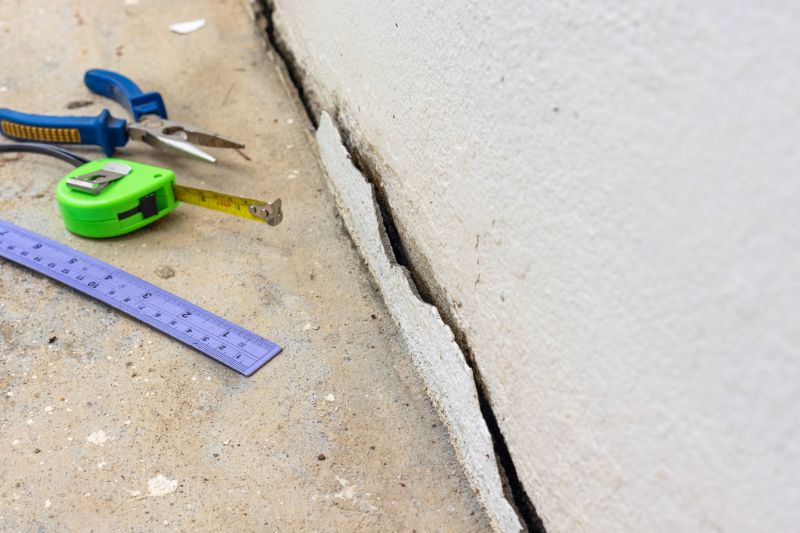
The short, realistic tool list for quality Foundation Repairs.
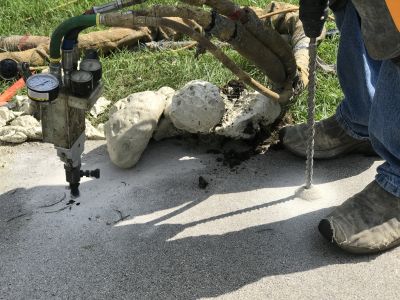
Rough timing from prep to clean-up for Foundation Repairs.
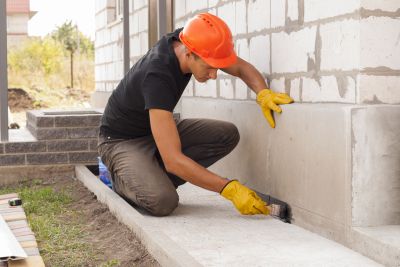
Quick checks and paperwork to keep after Foundation Repairs.

Examples that show the impact a good Foundation Repairs can make.
| Season | Ideal Conditions for Foundation Repairs |
|---|---|
| Spring | Moderate temperatures, soil moisture levels balanced |
| Summer | Early summer preferred, avoid peak heat |
| Fall | Cooler weather, stable soil conditions |
| Winter | Generally not recommended due to cold and frozen ground |
| Dry Periods | Low soil moisture, minimal movement |
| Mild Weather | Optimal for most repair activities |
| High Humidity | Can cause soil expansion and contraction |
| Heavy Rainfall | May delay or complicate repairs |
Understanding the best time to conduct foundation repairs can lead to more effective results and longer-lasting solutions. Proper planning around seasonal conditions minimizes risks and enhances the stability of the repair work performed.

Ways to make Foundation Repairs work in tight or awkward layouts.

Ways to make Foundation Repairs work in tight or awkward layouts.

Ways to make Foundation Repairs work in tight or awkward layouts.

Ways to make Foundation Repairs work in tight or awkward layouts.
For those considering foundation repairs, timing is a key factor in ensuring the success and longevity of the work. Consulting with a foundation specialist can help determine the most suitable period based on current soil and weather conditions.
Interested property owners in Fulton, MO, can contact professionals to assess their foundation and discuss the optimal timing for repairs tailored to specific site conditions and seasonal factors.


